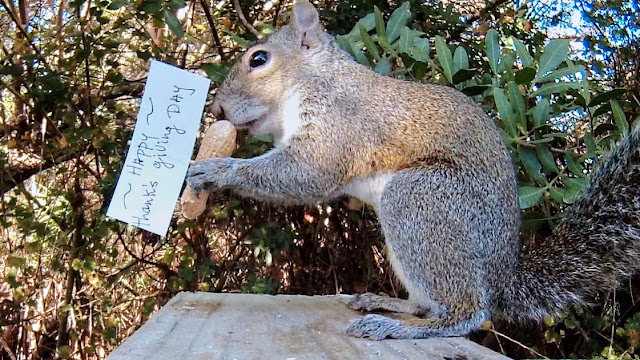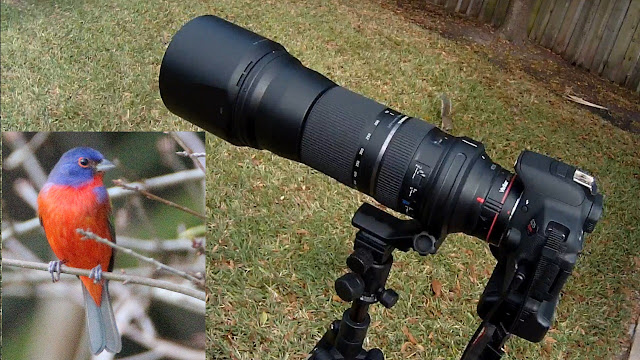Black Crowned Night Herons roost low in trees during the day and then take of around dusk for a night of hunting. I was lucky to catch this beautiful bird taking off from its daytime roost. They are unusual for herons with short stout necks and short legs.
Typically solitary when foraging, the Black-crowned NightHeron
is most often observed at dawn, dusk, and on
cloudy days. Black-crowned Night-Herons have distinct
immature plumage and attain full breeding plumage in
their third year. Virtually worldwide in distribution, it
breeds from the northern United States and southern
Canada south to Hawaii, Peru, and Argentina.
Habitat. This cryptic species is inconspicuous at roost and
when seeking food, even though it forages during the day
while feeding young. Outside the breeding season, the
Black-crowned Night-Heron forages mostly at night,
usually wading in shallow water, and feeding on fish,
crustaceans, small amphibians, reptiles, nestling birds,
and mammals, as well as other aquatic organisms.
This species nests in homogeneous colonies, in colonies of
other waders, and, rarely, singly. Nests are formed of
dead surrounding vegetation in a marsh or built of sticks
in trees or bushes near or over water. Three to 5 bluegreen
eggs hatch in 24 to 26 days, and the young fledge
at about 42 days of age.
Seasonal Occurrence. Breeding has been reported from January through August, but the presence of young
birds in south Florida in December indicates that breeding may occur year-round there. In summer, Blackcrowned
Night-Herons are absent from most of the Panhandle. Migratory individuals appear in March and April,
sometimes as late as May. Fall migrants have been reported in September. Florida populations increase
considerably in winter with the influx of northern migrants. Florida is probably the southernmost wintering
ground for Black-crowned Night Herons from the eastern United States.
Status. Because it is a wetlands-dependent species, it is considered a Species of Special Concern by the Florida
Committee on Rare and Endangered Plants and Animals .
The statewide breeding distribution of the Black-crowned Night Heron follows the availability of wetland habitat
Most nesting colonies are located in central and southern Florida, with scattered colonies in north Florida. Howe
(1932) mentions breeding in Pensacola, but no records west of Wakulla County were obtained during the Atlas
project. No trends are currently measurable for this ubiquitous species.
http://legacy.myfwc.com/bba/docs/bba_BCNH.pdf
New HD videos uploaded frequently. Subscribe at:





